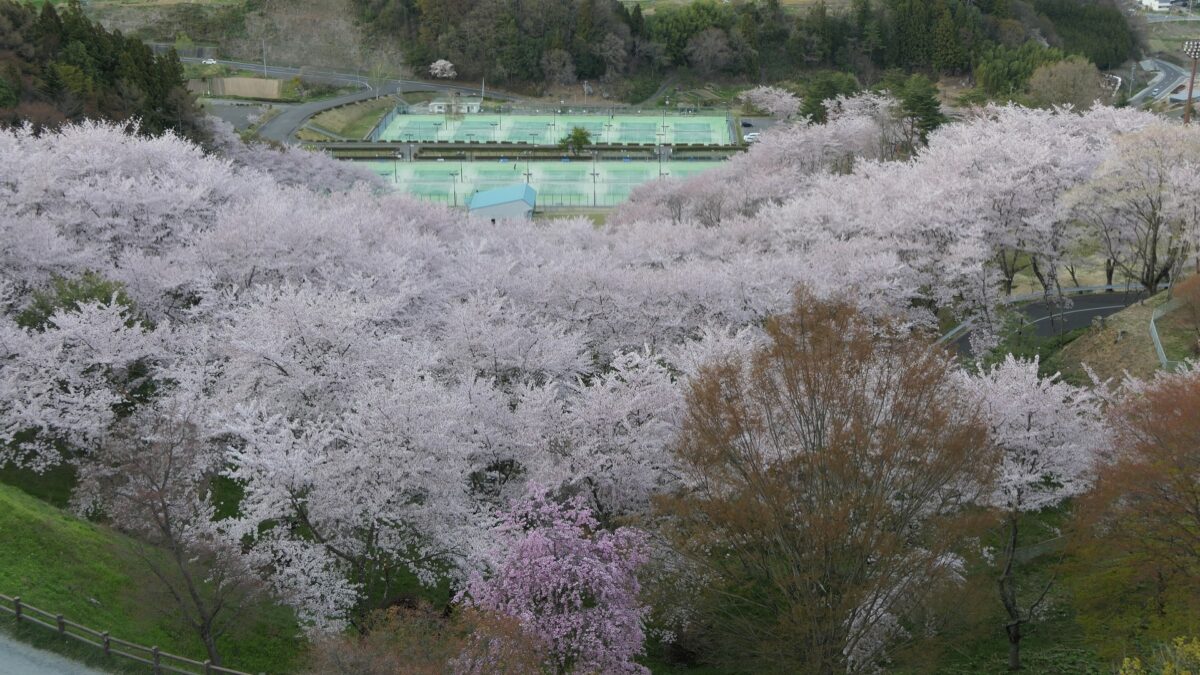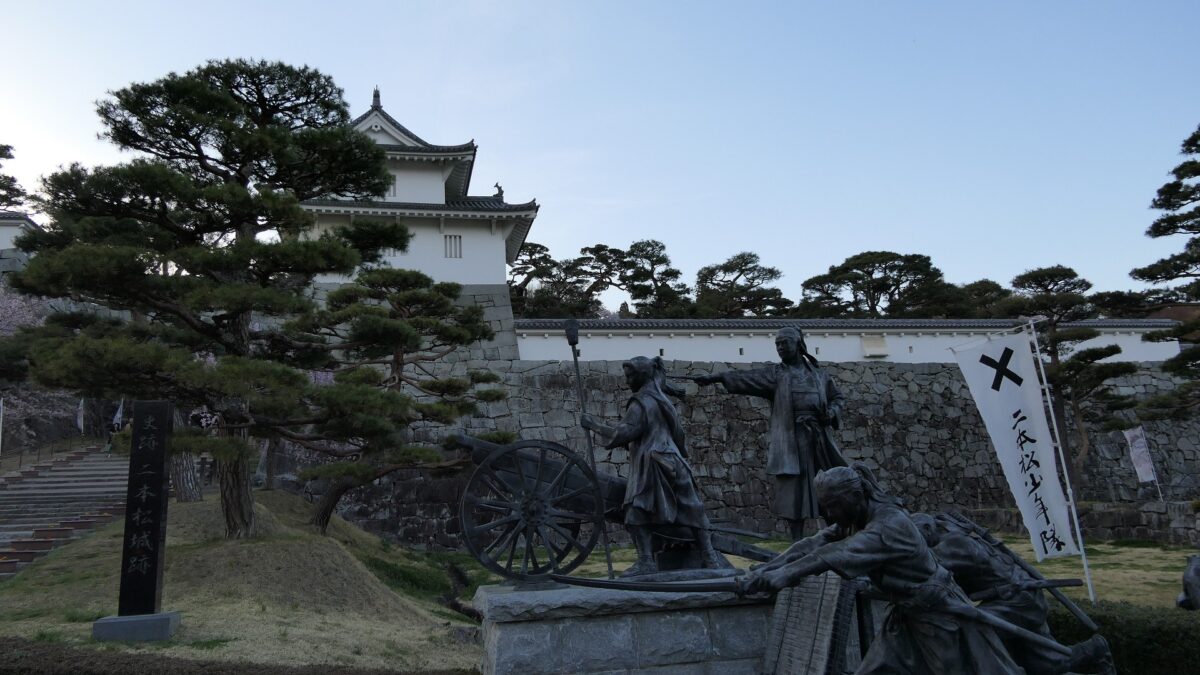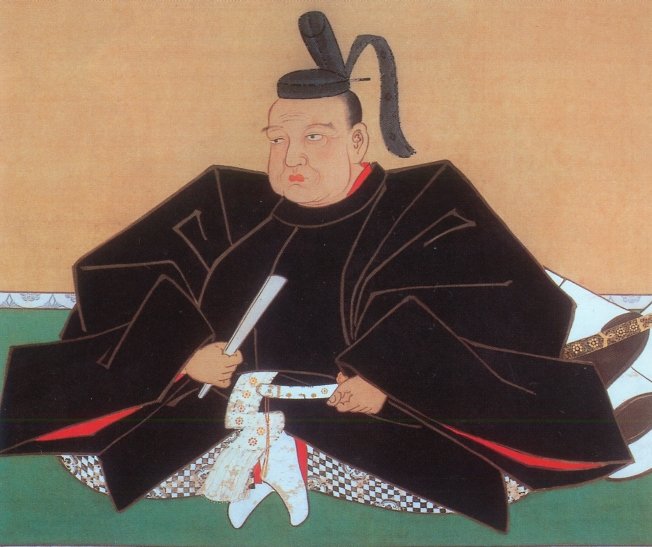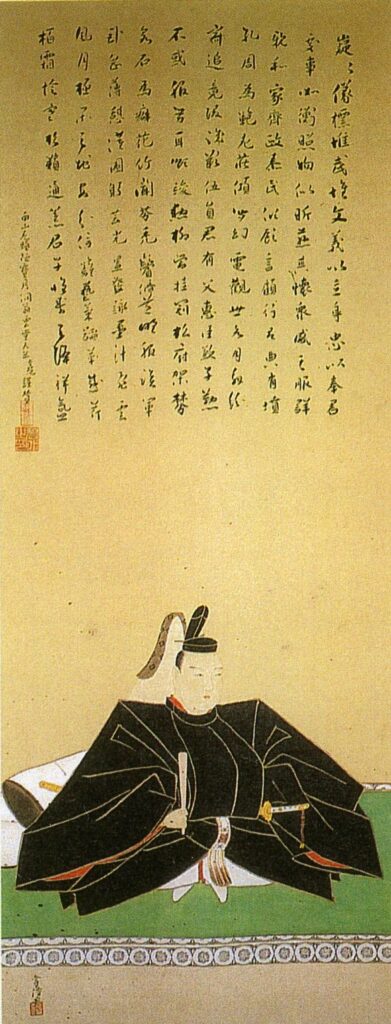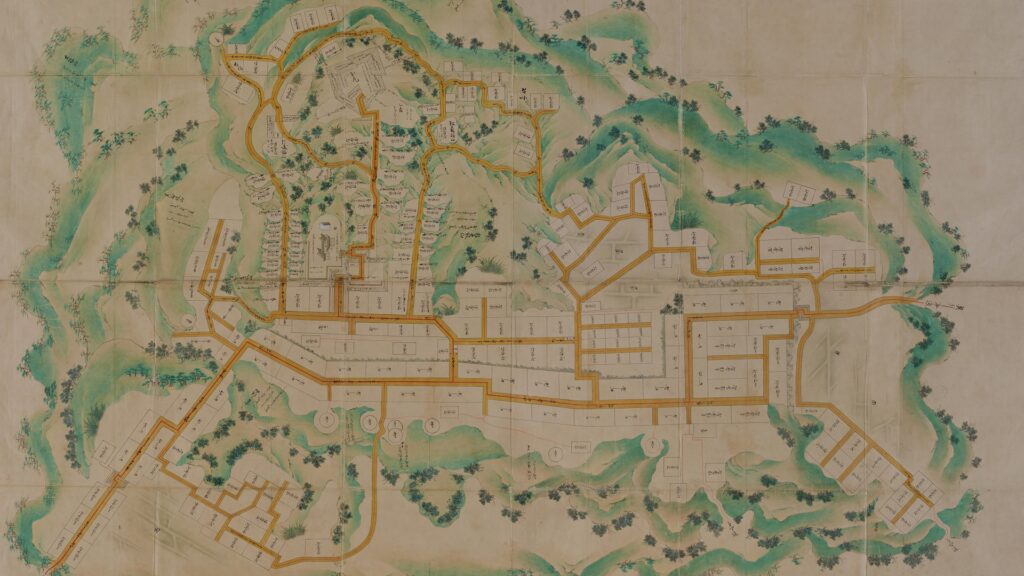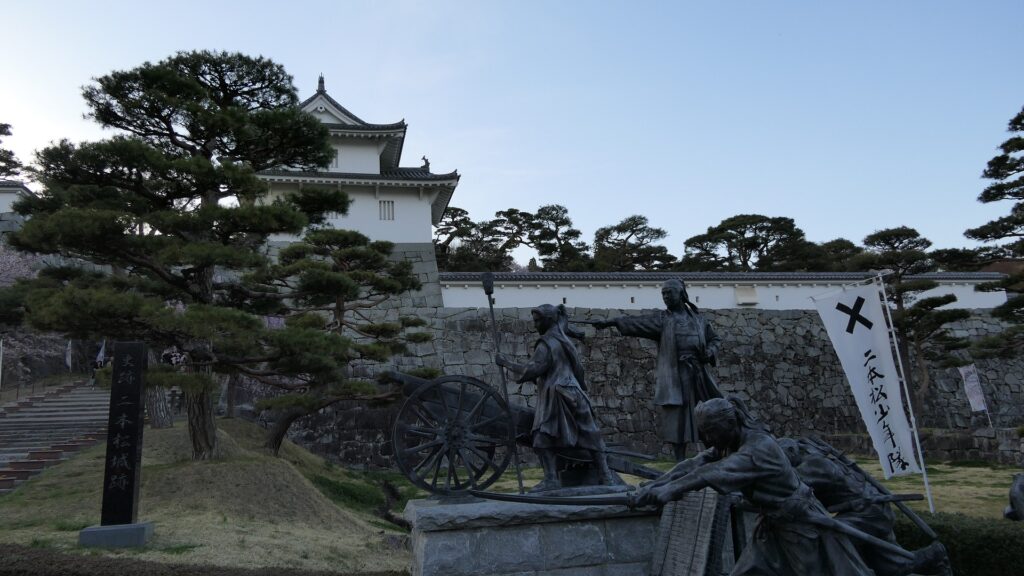Later History
After the Boshin War during the Meiji Restoration, Nihonmatsu Castle was abandoned and the few remaining buildings of the castle were all demolished. A silk mill was established in the Third Enclosure at the foot of the mountain and it was operational between 1873 and 1925. After World War II, the castle ruins became what is known today as Kasumigajo Park as a natural park while some buildings of the castle were rebuilt. The investigation and study for the castle have been done since 1990. The stone walls of the Main Enclosure were restored in 1995. The ruins were finally designated as a National Historic Site in 2006. Nihonmatsu City is now considering restoring the Main Hall in the Third Enclosure on the foot of the mountain.
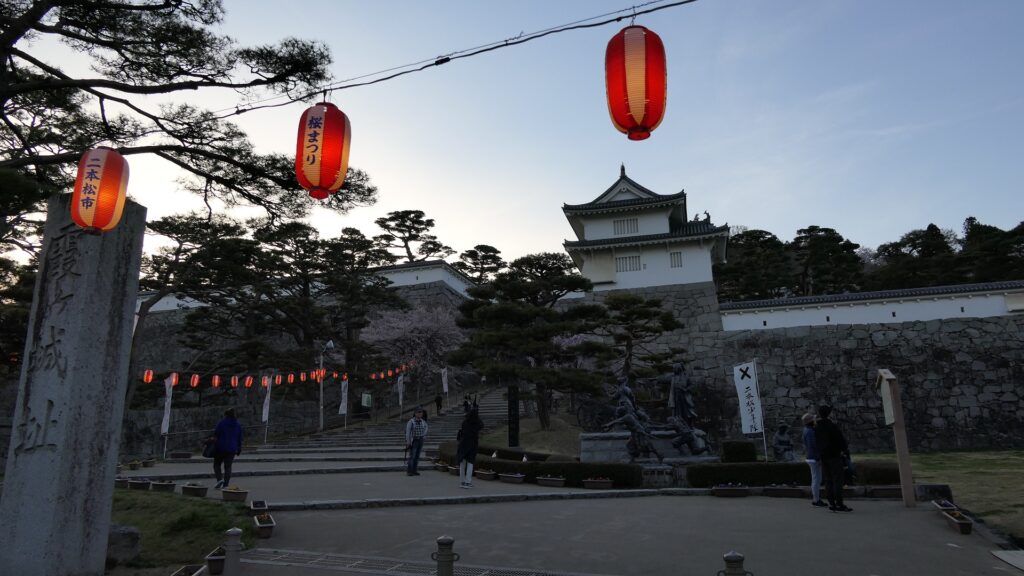


My Impression
Nihonmatsu City is known for the Chrysanthemum Figures which means “dolls clothed with chrysanthemum flowers and leaves”. The Chrysanthemum Show is held every autumn at Kasumigajo Park. The park itself is also famous for cherry blossoms, so the mountain of the park is covered with them in spring. In fact, if you look down from the top you will be surprised to see a carpet of flowers. Therefore I highly recommend you visit this castle in Spring and Autumn if possible.
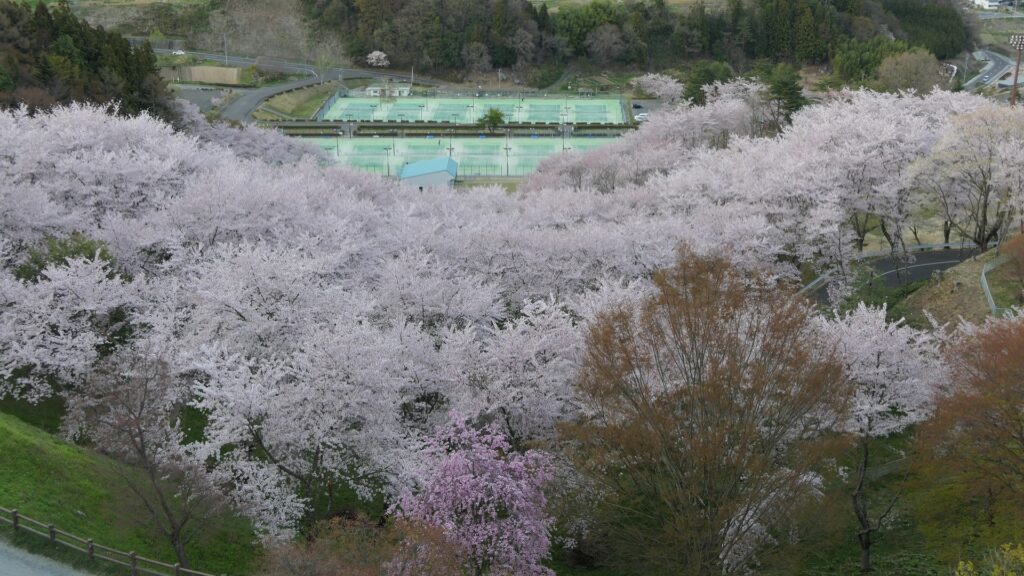
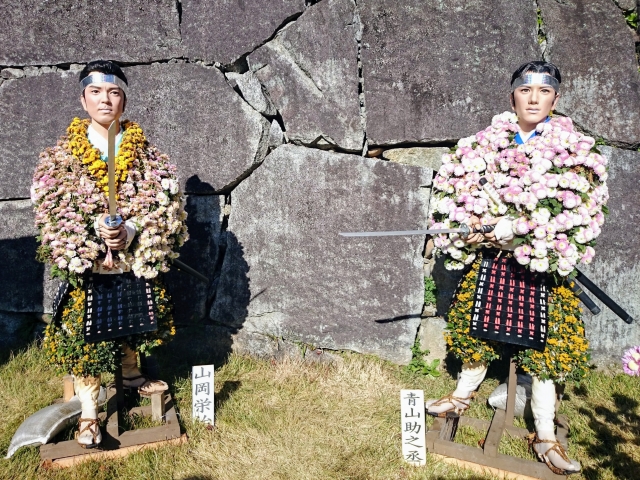
How to get There
If you want to visit there by car:
It is about 10 minutes away from Nihonmatsu IC on the Tohoku Expressway.
The park offers plenty of paking spaces.
By train, it is about 20 minutes away from JR Nihonmatsu Station on foot.
To get to Nihonmatsu Station from Tokyo: Take the Tohoku Shinkansen super express and transfer at Koriyama Station to the Tohoku Line.
If you visit the ruins of Nihonmatsu Castle by train, you have to walk long from Nihonmatsu Station. The Old Oshu Road goes near the station, so turn right at the Nihonmatsu Station Ent. Intersection and go along the street. Then, turn left at the Kubochozaka Ent. Intersection. It’s an easy walk, but it’s on an incline called Kubochozaka on a hill to reach the ruins. This is one of the structures for the castle’s defense system. You will also see the remaining stone walls for the Main Gate on the way. When you go over the top of the hill, you will finally see the mountain where the castle was built.
The route from Nihonmatsu Station to the castle ruins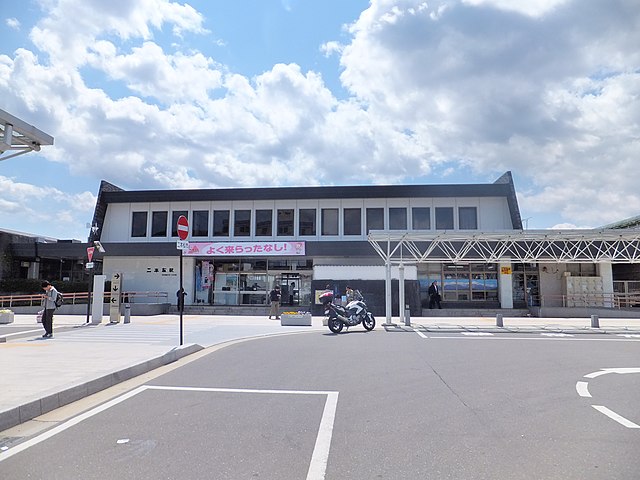
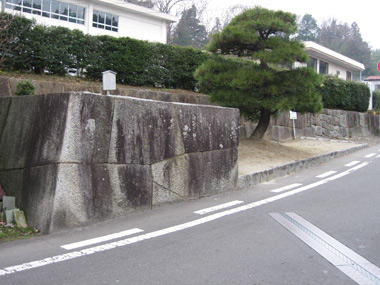

Links and References
・Nihonmatsu Castle Official Site
That’s all. Thank you.
Back to “Nihonmatsu Castle Part1”
Back to “Nihonmatsu Castle Part2”

